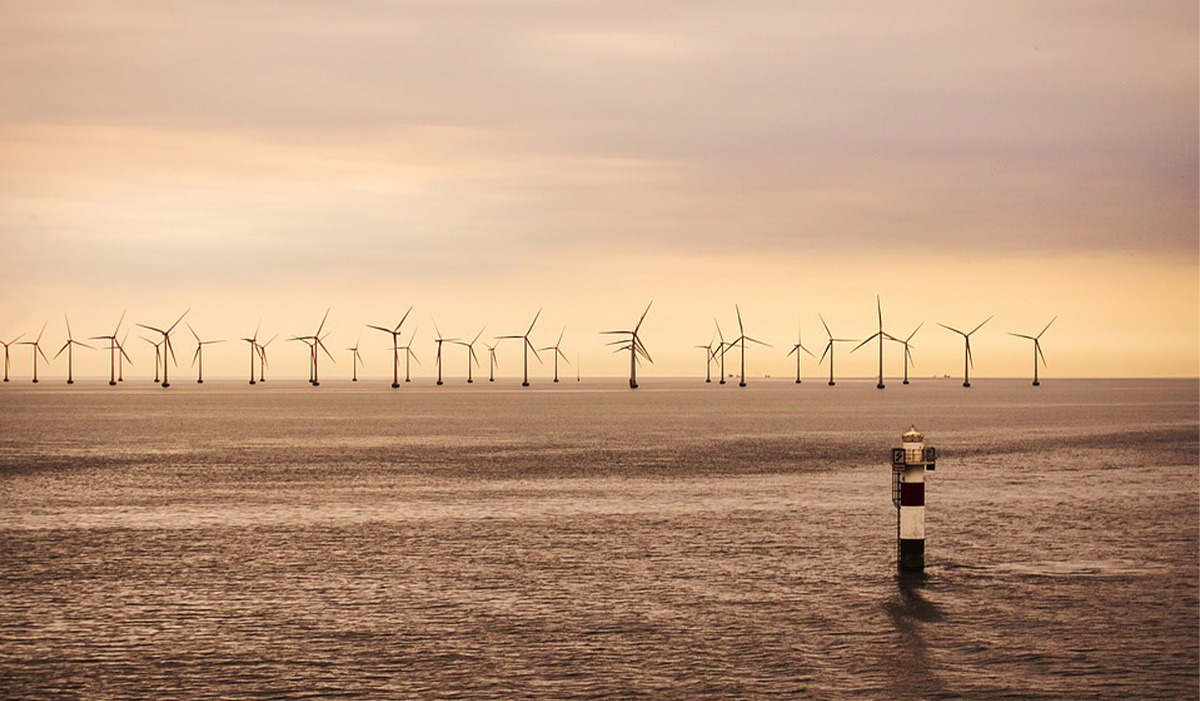As the energy transition continues to
accelerate, the most prominent renewable sources, like wind and solar power,
are rightfully hailed as the “clean engine” to help reverse planetary warming.
However, one often overlooked driver of the green revolution are the many
sub-technologies that support, maintain and secure the exploitation of
renewable energy sources.
Indeed, as countries’ dependence on low-carbon technologies increases, so does
the need for solutions to make operations more efficient, safer and more
reliable. Ranging from AI-driven monitoring of wind turbines to self-cleaning
solar-panel systems, a multitude of inspection and maintenance solutions are
partly what has made renewables an affordable alternative to polluting fossil
fuels.
Here are a few examples of new breakthroughs making renewables run better:
Offshore wind monitoring

A public-private Scottish
consortium has designed a mooring line fatigue tracker that monitors
offshore floating wind turbines to minimize the need for in-person inspections.
- Funded by the Scottish government,
Aberdeenshire-based engineering consultancy AS Mosley and Dutch
geo-intelligence company Fugro worked with the University of Strathclyde to
create a tracker that fuses the motion and position measurements of floating
hulls with a simulation model to monitor fatigue.
- The aim of the project is to
replace the current five-year inspection regime — which typically requires
vessels and remotely operated vehicles — with an on-demand system under which
mooring line fatigue is continuously tracked.
- The constant monitoring would also
allow for instant detection of problems or failure scenarios such as anchor
drag or trawler snagging.
- The partners have already
demonstrated the technology and now seek to work with floating wind developers
to trial the solution offshore.
AI wind
forecasting In the U.S., DeepMind,
The artificial
intelligence subsidiary of Google, has combined weather and power data to better predict wind production on its 700
megawatts wind farm.
- Through a neural network trained
on publicly available weather forecasts and historical turbine data, Google
configured the DeepMind system to predict wind-power output 36 hours ahead of
actual generation. Based on these predictions, the model recommends how to make
optimal hourly delivery commitments to the power grid a full day in advance.
- While Google has already achieved
an initial environmental milestone by matching its annual energy use with
renewable-energy procurement, the company hopes that machine learning will help
achieve its broader goal of being carbon-free in every location at every hour.
- Already, the gathered data has
resulted in a 20% increase in revenue for U.S. wind farms.
ENGIE
EYE
Virtual Reality Inspection ENGIE has
developed a virtual reality and web-mapping application to better monitor
electric transmission systems during the Covid pandemic.- In Brazil, the Gralha Azul
Transmission System extends for 1,000 kilometers and passes through 27
municipalities in the state of Parana. During the pandemic’s lockdowns, the
necessary frequent field inspections have become a real challenge.
- ENGIE’s Brazilian team developed a
virtual reality solution last year to remotely manage field activities, monitor
construction and environmental programs as well as conduct routine inspections.
- Field inspectors used 360° cameras
to record videos that were shared with the management team via Youtube. The
10,000 video inspections conducted in 2020 were uploaded to a web-mapping program
and made available in VR format to give a more precise idea of the situation on
the ground.
- In addition to allowing frequent
inspections during the pandemic, the VR system — an 2021 Innovation Trophy
project — also cut emissions from road transport and reduced the risk of
transportation accidents common in remote areas.
